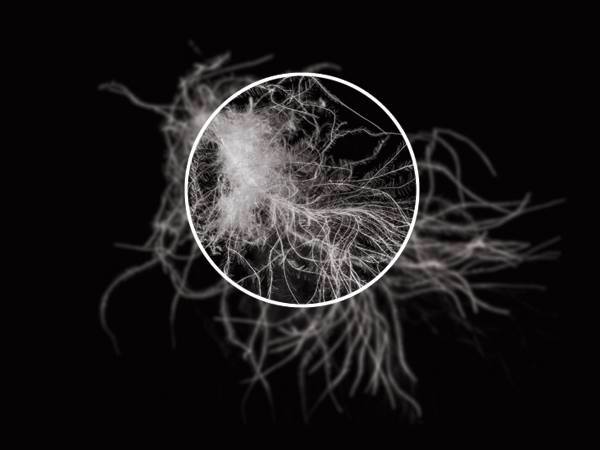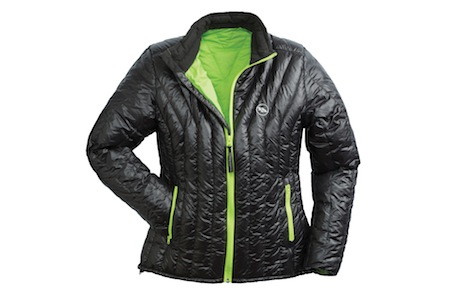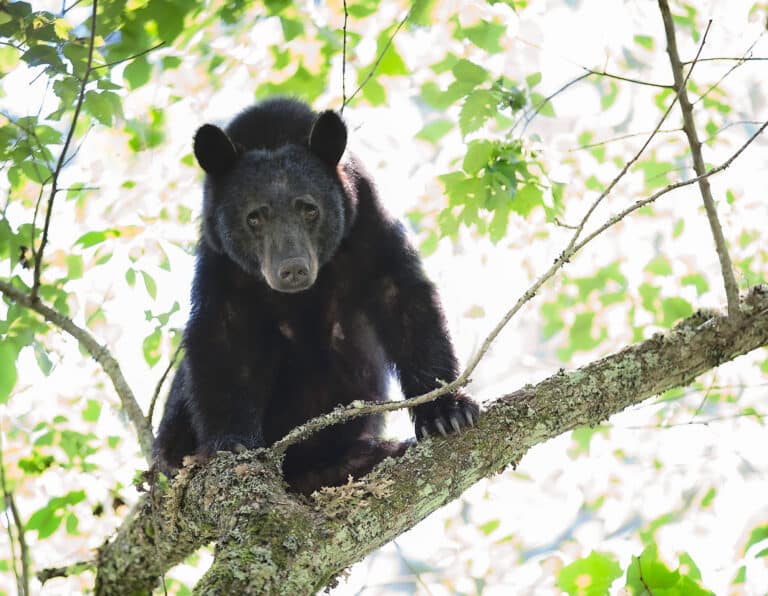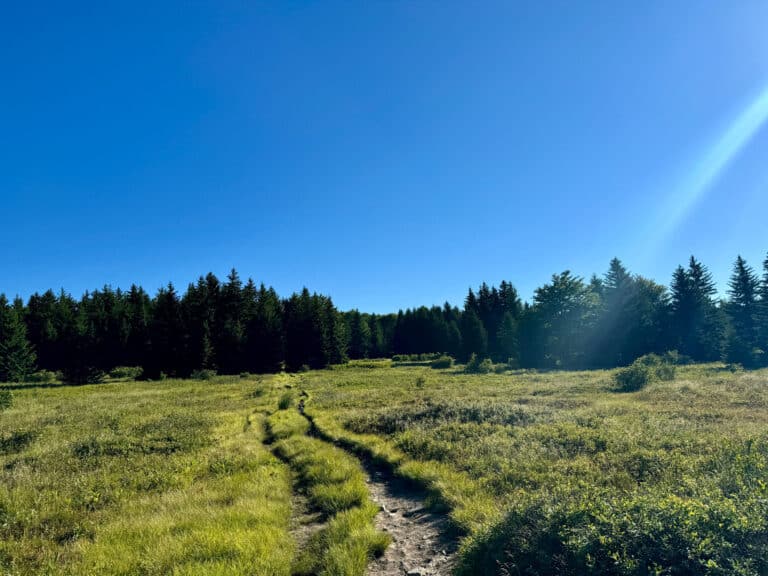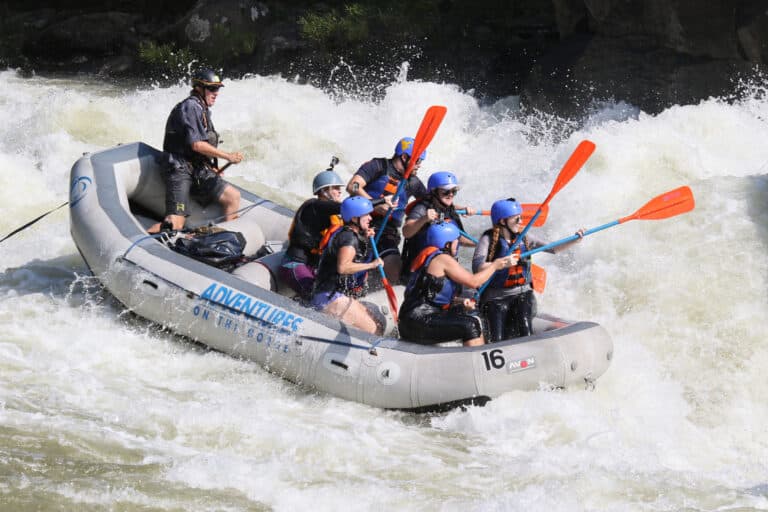For years animal rights activist groups have targeted high profile outdoor brands in campaigns to halt inhumane practices used in the production of down and feathers for jackets and sleeping bags. But, according to research, such brands consume a tiny fraction of global down production, even at a time when down usage within the outdoor industry is at an all-time high, the European Outdoor Group (EOG) said in a study it released last week.
The EOG, which represents 62 outdoor companies, including several U.S. brands, undertook the research to establish the type, quality and quantity of down used across the manufacture of outdoor products. The effort was supported by Outdoor Industry Association (OIA), which encouraged its members in the U.S. to contribute to the research.
A total of 1,058 tons of down was measured and the association has estimated that this represents somewhere in the region of 65-to-75 percent of the down used by European/American outdoor brands – giving a projected outdoor market volume of between 1,410 and 1,630 tons of down annually. This is equates to less than one percent of the total global production of down, estimated to be at least 270,000 tons.
Patagonia, The North Face and Allied Feather & Down have all responded to criticism of inhumane practices in the down supply chain over the past year, launching initiatives to trace their down supply all the way back to individual villages and hatcheries. Some have argued such initiatives are futile given the fractured nature of the supply chain — and the fact that the food and bedding industries have much more demand.
EOG said the survey will be used to influence the impact that outdoor, bedding and other manufacturers may have on the environment, communities in the supply chain, and animal welfare.
“It is common knowledge that over the last few years there has been a growing focus from NGOs, retailers and consumers on the ethical sourcing of down within our industry,” said Mark Held, general secretary of the EOG. “Meanwhile, numerous brands are working hard to ensure that their use of down meets high ethical and environmental standards. At the EOG, we have continued to maintain our approach of providing research support for our members and thereby facilitating both the debate and the move to best practice in terms of sourcing.
“The fact that our industry’s volume of down use equates to less than one percent of total production suggests one reason why our leverage across the supply chain is limited and requires a combined effort,” said Mark Held, general secretary of the EOG. “We are confident that we are following the correct approach in trying to work together as an industry and promote best practices, while encouraging the wider down users and supply chain to get further engaged. This research is an important step in achieving our long term aim, which is to help find a way to achieve one single industry standard, that is held by an independent body, is cost effective, and acceptable to both businesses and NGOs.
The data that has been collected will be used to inform the future direction of the association’s CSR/sustainability program. Full details of the down research results are only available to participants, but exceptions are possible in the case of companies that are prepared to actively support the general aim of an improved supply chain. For more information, visit www.europeanoutdoorgroup.com.
